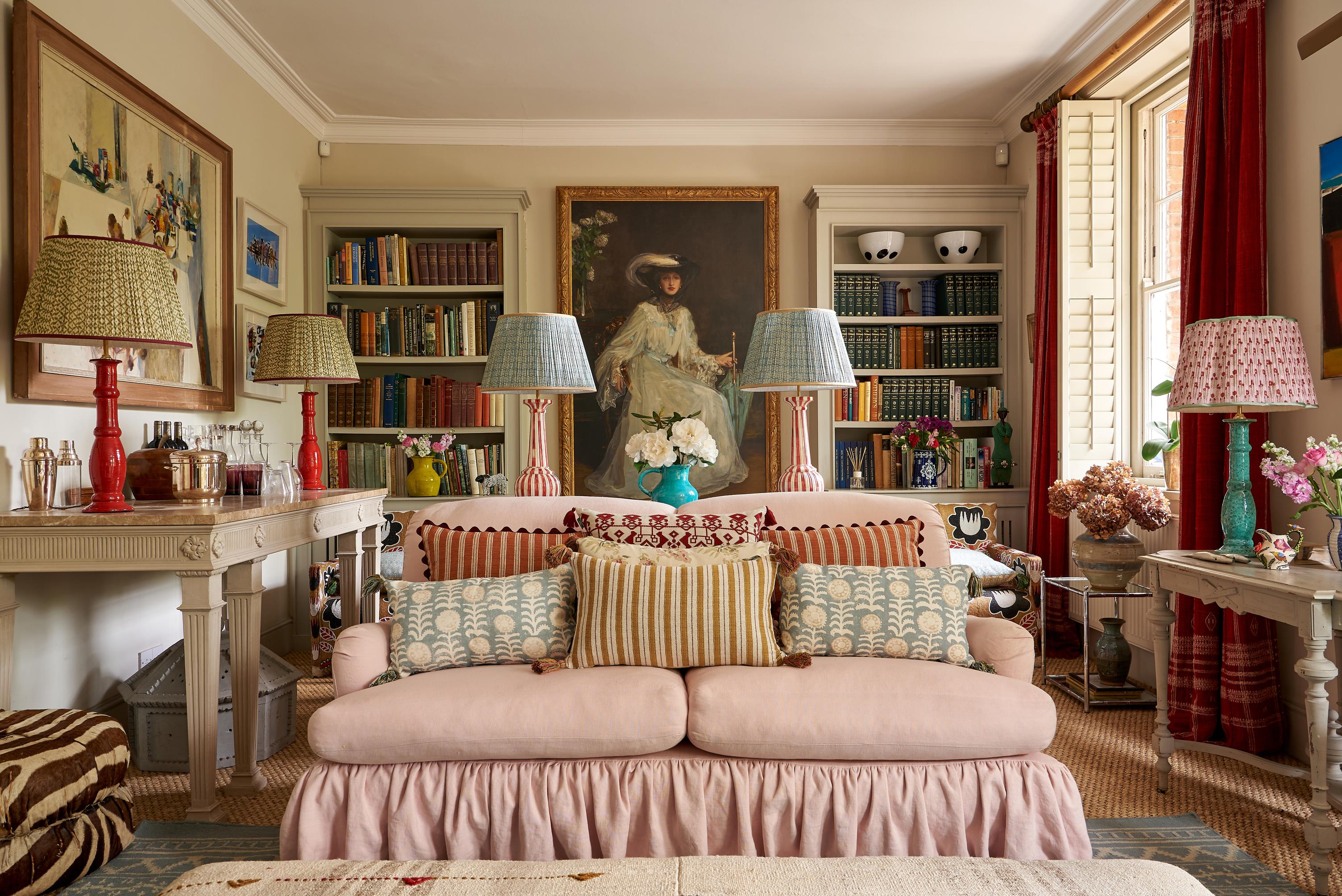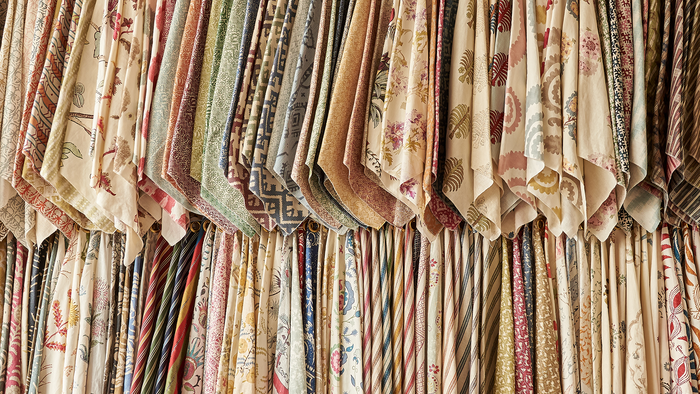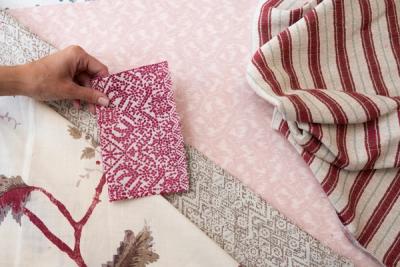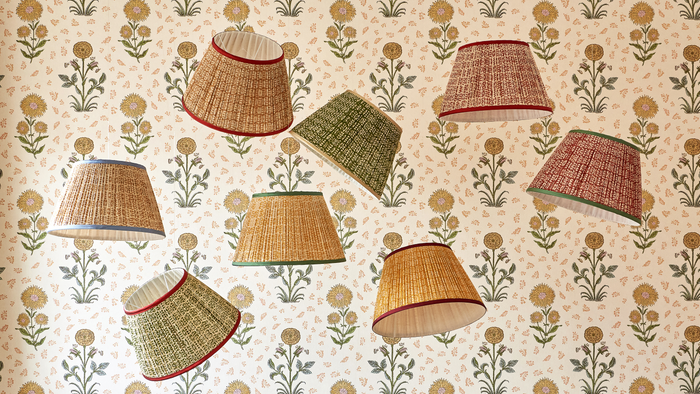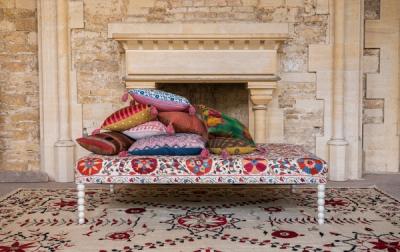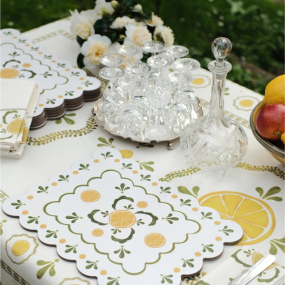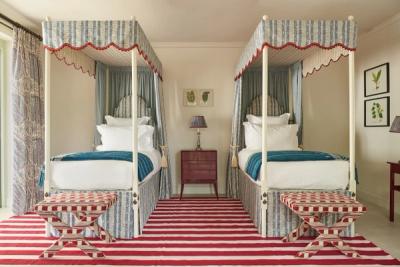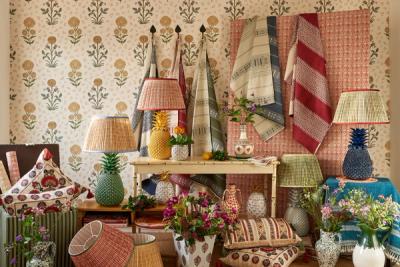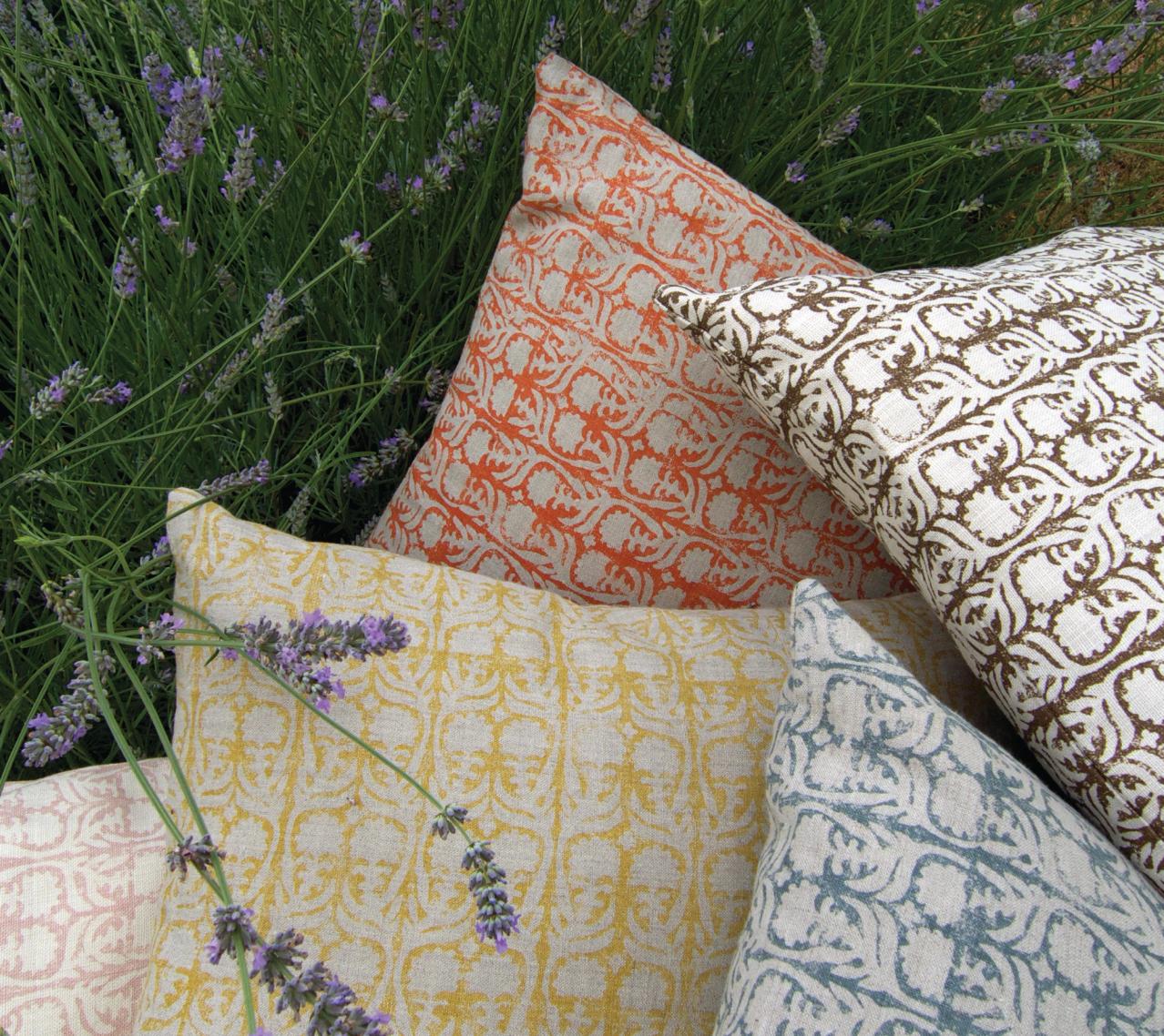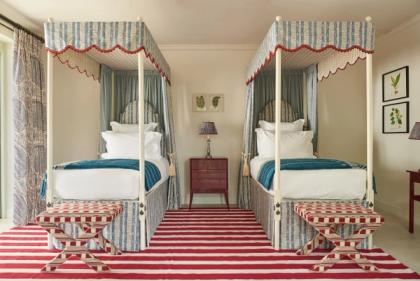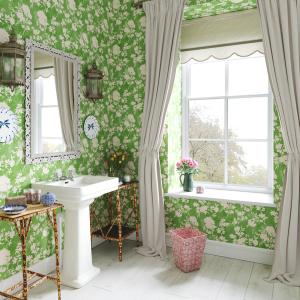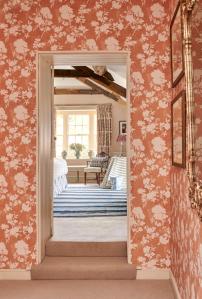Decoration
Block Printing: What it is, and Why Interior Designers Can't Get Enough of it

Block Printing: What it is, and Why Interior Designers Can't Get Enough of it
Block printing is one of the most enduring techniques in the world of art and textile. With ancient roots and so many different artists continuing to break new ground with it in all different corners of the world, it makes for a fascinating subject – and a beautiful style to incorporate into your décor.
It’s a style that produces an incredibly wide variety of artworks and textiles. Hokusai’s revered work The Great Wave off Kanagawa is one of the best-known examples we have of woodblock printing. Picasso explored the technique of linocut – a form of block printing – extensively throughout his career. In India, the technique has been used for centuries in the world of textile creation, and many of the most recognisable motifs from the country are created in this way.
This is just a brief snapshot of the sheer scope the medium offers, and how integral it has been to various cultures and artistic movements throughout the centuries. But what unites an Indian Damask with Picasso’s The Grape Harvesters?
What is Block Printing?
The technique can be broadly characterised by carving an image or text into a wooden block (or, more recently, a sheet of linoleum). The details and outlines stand in relief from the rest of the block so that, when it is covered in ink or dye and pressed against paper or fabric, the original design is printed.
A simple idea, but one that can be interpreted in countless different ways depending on art style, and the medium involved. These prints can feature a lot of detail, or be nothing but bold silhouettes or hollow outlines.
While those motifs used in traditional Indian design are instantly recognisable, the technique is actually thought to have originated elsewhere in Asia, in ancient China. There, it was commonly used to print books and important texts, long before the printing press was created.
The technique used by Picasso, linocut, was pioneered in the nineteenth century, shortly after linoleum (yes, that same material found in plenty of kitchens, particularly during the 60s and 80s) was invented. It’s easier to carve than wood, making the whole process generally faster and smoother for the artist. Linocut has been particularly popular since the end of the Victorian era, and has been used widely throughout continental Europe and America.
Block Printing and Modern Interior Design
These days, you’ll find an incredible variety of artworks and textiles created using traditional block printing techniques or heavily inspired by the effect of block printing. Our Mander print is a perfect example of this, and you can see it here in Mustard.
One of the things interior designers and decorators, and homeowners in general, find most appealing about block print is the organic feel it creates on the canvas. While the print itself remains the same, and not as organic as, say, a design that is free-handed over and over again, the technique will naturally create some discrepancy between one print and the next. Areas of high saturation, where slightly too much ink or dye was applied to a part of the design, and, conversely, areas of reduced saturation give it that made-by-hand feel that is so popular in interior design right now.
Besides, its versatility means it can be explored in many, many different ways throughout the home. The vertical floral pattern on our Ashok fabric makes for a stunning tablecloth for those laid-back, long summer afternoons gathered on the patio, while the Mander’s larger, bolder print shows off an entirely different side to the technique.
The Beauty of Slow, Careful Production
As we mentioned, block printing is an ancient practice. It was one of the first techniques any civilisation had for covering large areas of fabric or paper quickly, and represents an incredible feat of early engineering that continues to hold significance today.
At Penny Morrison, what draws us to block printing is how it continues to represent that slow, skilled approach to production that we look for in all areas of life. This lies at the very core of our philosophy – to celebrate the work of true craftsmen and women rather than the speed at which exact replicas can be reproduced.
More so than ever – or, at least, for a very long time – the world of interior design at large is angling itself toward the uniqueness and beauty of handmade pieces, and works created according to traditional methods. If you’re interested, you can read more about the power handmade pieces hold for interior design here, and find out why traditions like block printing will never fall out of favour.
More from Decoration
